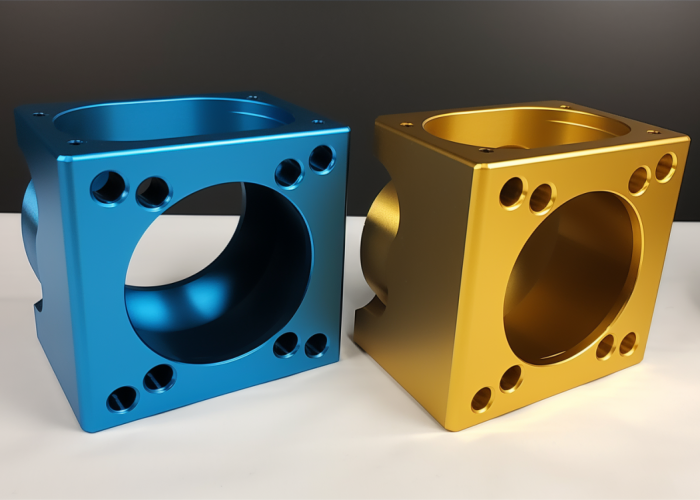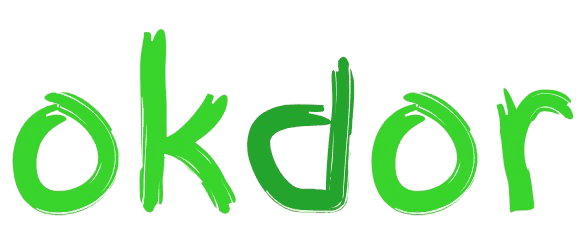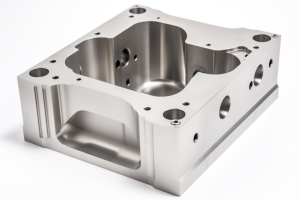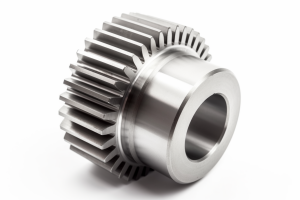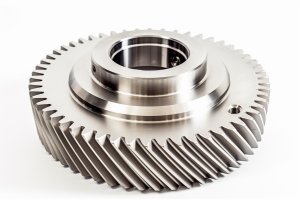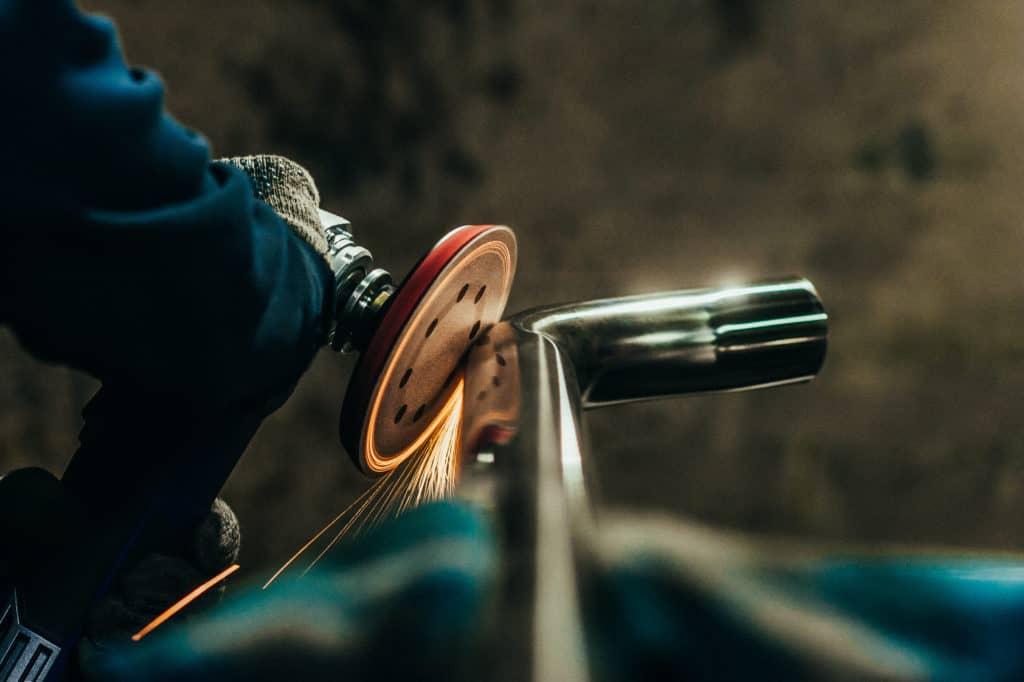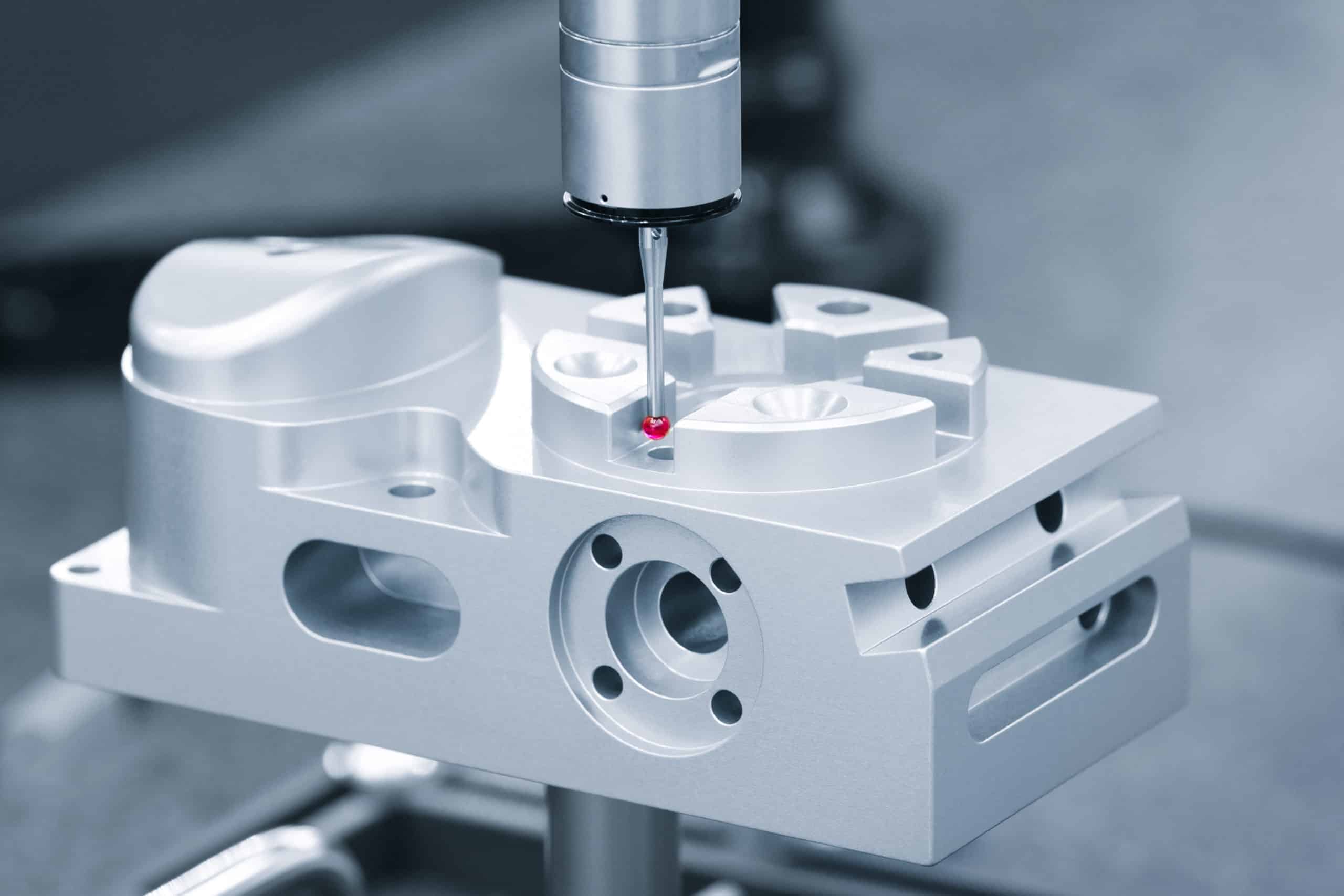Anodizing aluminum parts seems straightforward until you see the quote—then cost factors you never considered start affecting your budget. A few specification decisions made during design can double or triple your finishing costs without improving functionality.
Anodizing costs impact budgets through seven key decisions: process type selection, part geometry, tolerance requirements, color choices, quality levels, order quantities, and minimum batch economics. Understanding these factors prevents budget overruns during manufacturing.
Learn how specs impact finishing costs, when tight requirements are worth it, and design tips to balance performance with budget—using real cost data.
What's the Real Budget Difference: Type II vs Type III Anodizing?
Type II anodizing typically costs 2-3x less than Type III hard anodizing, but the performance difference can justify the premium when part failure creates warranty issues or replacement costs. The decision depends on your specific durability requirements and the consequences of coating failure—not just the initial cost difference.
Design Integration Impact: Type III’s thicker coating requires tolerance adjustments on mating surfaces, while Type II’s thinner coating rarely affects standard fits. We’ve seen press-fit assemblies require dimensional modifications or post-anodizing machining to restore critical clearances with Type III.
Application Type Environment Coating Recommendation Design Factor / Considerations
Indoor electronics Climate controlled Type II sufficient Use standard tolerances; less harsh exposure
Outdoor equipment Weather exposure Type III needed Plan for coating thickness and durability
Medical devices Sterilization cycles Type III required Require chemical and sterilization resistance
Consumer products Light handling Type II adequate Optimize for cost, moderate durability
Key Decision Points:
- If your part sees daily handling or operation, choose Type III
- Coastal or high-humidity environments require Type III, mild indoor climates work with Type II
- Press fits with >0.001″ interference need Type II or budget for post-anodizing machining
- Parts requiring warranties >2 years typically justify Type III investment
Both processes follow MIL-A-8625 specifications. We measure coating thickness using calibrated gauges to ensure consistency, particularly important for critical dimensional requirements.
Design Takeaway: Evaluate the cost of potential coating failure against the Type III premium. If replacement or warranty service costs outweigh the higher anodizing cost, specify Type III during design phase.
Why Do Complex Part Geometries Blow Your Anodizing Budget?
Complex geometries can increase anodizing costs by 30-60% due to specialized racking, extended processing times, and potential quality issues that require rework. Deep holes, sharp internal corners, and intricate features create processing challenges that drive up both labor and setup costs.
Primary Cost Drivers: Parts with deep cavities, blind holes, or complex internal features require custom racking solutions to ensure proper solution flow and current distribution. Sharp corners and tight radii may trap processing solutions, leading to inconsistent coating or requiring additional cleaning steps that extend processing time.
Geometry Type Cost Impact Primary Challenge Design Alternative
Deep holes (>5:1 ratio) +40-50% Solution flow/drainage Reduce depth or add drain holes
Sharp internal corners +25-35% Solution entrapment Add radii ≥0.010″
Thin walls (<0.030") +30-40% Fixturing difficulty Increase thickness where possible
Complex curves +20-30% Custom racking needed Simplify geometry
Key Design Decisions:
- Deep blind holes require venting or may need alternative finishing methods
- Internal corners should include radii ≥0.010″ to prevent solution trapping
- Thin-walled sections may need support fixturing, increasing setup costs
- Consider breaking complex assemblies into simpler, separately-anodized components
Design Takeaway: Simplify internal geometries where functionally acceptable. Adding small radii to sharp corners and reducing cavity depth-to-width ratios can significantly reduce anodizing complexity and cost without compromising part performance.
How Do Tolerance Requirements Affect Your Anodizing Budget?
Tight tolerances can double anodizing costs when post-coating machining becomes necessary to restore critical dimensions. The key is planning your tolerance strategy during design phase—deciding which surfaces need precision and which can accommodate coating thickness.
Design Workflow Strategy: From our experience with medical device housings, planning your part dimensioning around anodizing requirements prevents costly surprises. We’ve seen projects where unplanned post-anodizing machining added weeks to delivery schedules. Identify critical mating surfaces, press-fits, and threaded features that must maintain specific dimensions after coating—these surfaces typically need masking or post-coating machining.
Surface-by-Surface Planning:
- Keep anodized: Aesthetic surfaces, non-critical dimensions, areas without assembly requirements
- Mask during anodizing: Threaded holes, precision mating surfaces, electrical contacts
- Machine after anodizing: Press-fit diameters, bearing surfaces, critical assembly interfaces
- Open tolerances pre-anodizing: Non-critical dimensions that can accommodate coating thickness
Dimensional Planning: Plan for coating thickness addition when opening tolerances—typically account for material buildup on anodized surfaces. If your hole is 0.500″ ±0.002″ and needs to remain anodized, consider opening the tolerance or adjusting the nominal dimension to accommodate the coating without affecting function.
Cost Impact Reality: Post-anodizing machining generally adds significant cost per affected feature, while masking provides dimensional control at lower cost but requires planning. Opening tolerances on non-critical features during design costs nothing but prevents problems later.
Design Takeaway: Dimension your CAD model assuming coating will be applied, then specify “machine to final dimension after anodizing” only for truly critical features. This approach minimizes both cost and complexity while maintaining functionality.
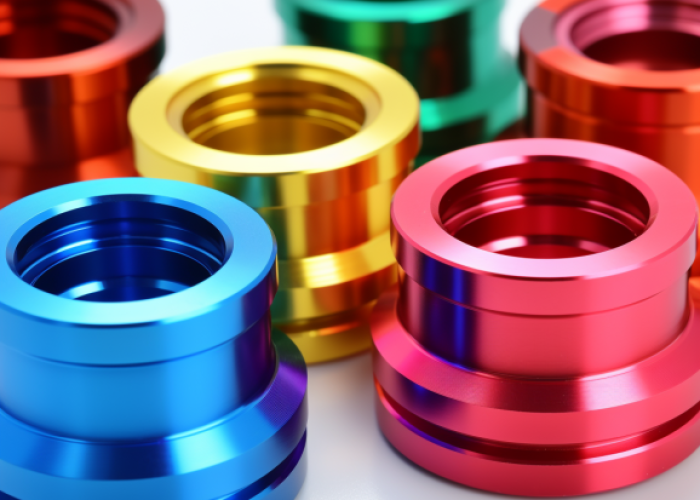
How Do Custom Colors Impact Your Total Project Budget?
Custom anodizing colors typically require minimum order quantities and development fees that can make them uneconomical for smaller production runs, while standard colors provide immediate availability at predictable costs. The key decision is whether your design truly requires exact color matching or if standard alternatives meet your requirements.
From our experience with audio equipment projects, many custom color requests turn out to be achievable with standard options when designers see actual samples. Bright colors, certain metallics, and some corporate brand colors simply aren’t possible with anodizing chemistry—these require alternative finishing methods like powder coating or paint.
We measure color consistency using spectrophotometer verification to ensure production batches match approved samples. This helps prevent costly rework when custom colors don’t meet expectations or when standard alternatives prove acceptable after physical evaluation.
Your Situation Recommended Approach Cost Impact
Prototype/small batches (<100) Use standard colors only Base cost
Production runs (500+) Custom colors feasible +40-60%
Exact brand match required Evaluate powder coating alternative Varies by method
Aesthetic important, not exact Request standard color samples first Base to +20%
Design Takeaway: Start your color selection with standard anodizing options before committing to custom development. If exact brand matching is essential, verify color achievability early and plan production quantities around realistic minimums.
Does My Alloy Choice Affect Anodizing Cost or Quality?
If you’re already committed to 7075 or 2024 for strength requirements, expect 20-40% higher anodizing costs and limited color options compared to 6061. Understanding your alloy’s anodizing characteristics helps set realistic expectations rather than forcing problematic combinations.
From our experience with aerospace components requiring 7075, the alloy’s copper content creates color inconsistencies that many designers don’t anticipate. We’ve learned to set expectations early—7075 anodizes acceptably in clear or black, but colored anodizing often shows mottled appearance that may not meet aesthetic requirements.
We evaluate anodizing samples using consistent lighting conditions per ASTM standards and document acceptable appearance standards before production. This prevents surprises when copper-bearing alloys show inherent color variations that may be normal for the material.
Quick Alloy Decision Guide:
- 6061 aluminum: Use standard anodizing, all colors available, predictable costs
- 7075 aluminum: Limit to clear or black anodizing, expect some color variation
- 2024 aluminum: Plan alternative finishing methods, anodizing results unpredictable
- Mixed alloys in assembly: Design for color differences or choose uniform alternative finish
When alloy requirements conflict with anodizing goals, consider whether design modifications could isolate high-strength alloys to non-visible areas while using 6061 for anodized surfaces that require appearance consistency.
Design Takeaway: Accept your alloy’s anodizing limitations rather than fighting them. Plan finishing strategies around material realities, and consider alternative methods when anodizing becomes problematic for your chosen alloy.
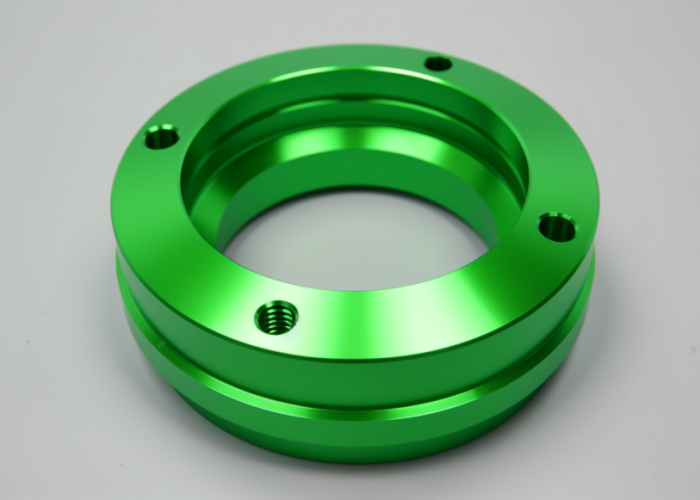
How Does Order Quantity Affect Your Anodizing Budget?
Order quantity creates dramatic anodizing cost variations, with per-piece pricing typically dropping 50-70% as volumes increase from prototype quantities to production runs of 500+ pieces. The real decision involves balancing immediate needs against inventory risk and cash flow timing rather than just understanding volume breaks.
Planning anodizing quantities requires evaluating whether cost savings justify carrying inventory or if smaller batch premiums are acceptable for reduced risk. Anodized parts can be stored for years without degradation if kept dry and handled properly, making advance ordering feasible for stable designs.
Order Timing Decision Framework:
Your Situation Recommended Strategy Typical Cost Example Timeline Consideration
Need 50 now, 500 in 6 months Order separately if design uncertain ~$15/pc now, ~$8/pc later Avoid inventory risk
Confirmed production schedule Order full quantity for volume pricing ~$8/pc for 550 total Lock in cost savings
Multiple projects needing anodizing Coordinate timing across projects Batch discounts possible Requires scheduling coordination
Prototype to production transition Plan timing to bridge quantities ~$12/pc for combined run Smooth cost transition
Practical Batching Reality: You can sometimes combine your parts with other customers’ orders if specifications match (same color, same process type), but this requires flexible timing and may not always be available. Most shops accommodate this for standard black or clear anodizing.
Design Takeaway: Evaluate your project timeline certainty and cash flow constraints when planning anodizing quantities. Order full production quantities only when design is locked and timeline is confirmed—otherwise, accept batch premiums to maintain flexibility and avoid obsolete inventory.
When Do Small Batch Orders Become Uneconomical?
Small batch anodizing typically becomes uneconomical below 15-25 pieces when minimum charges exceed practical value, but alternative finishing methods provide professional appearance at prototype-friendly costs. The key is choosing finishes that look professional for demos while maintaining reasonable prototype budgets.
For 5-10 prototype parts needed quickly, focus on alternatives that provide approximately 80% of anodizing’s appearance benefits without the minimum order economics. Your choice depends on timeline, budget, and how closely the finish needs to match future production parts.
Prototype Finishing Comparison:
Finish Option Appearance vs Anodizing Typical Cost for 10 Parts Approximate Turnaround Best Use Case
Clear protective coating ~85% similar $30-50 total 2-3 days Customer demos
Bead blasting only ~70% similar (texture only) $15-25 total 1-2 days Internal testing
Selective anodizing ~95% on visible areas $100-150 total 5-7 days Critical demos
Leave unfinished Raw aluminum appearance $0 Immediate Early prototypes
Managing Customer Expectations: When showing prototype parts to customers, explain that production parts will have anodized finish for durability and appearance. Most customers understand prototype limitations if you’re transparent about production plans.
Timeline Strategy: If you have 2+ weeks, consider waiting to combine prototype quantities with pilot production runs. This often provides anodizing at reasonable costs while maintaining professional appearance for customer presentations.
Design Takeaway: Match your finishing investment to prototype purpose and timeline. For customer demos, clear coating or selective anodizing provides professional appearance. For internal testing, simpler finishes preserve budget for tooling and development while meeting functional requirements.
Conclusion
Anodizing cost decisions require balancing performance requirements against budget constraints across seven key factors. Evaluate process types, geometry complexity, tolerances, colors, alloys, quantities, and batch economics during design phase rather than after quotes arrive. Contact us to explore anodizing and manufacturing solutions tailored to your aluminum product requirements.
Frequently Asked Questions
Anodizing adds minimal weight—typically 0.1-0.3% of the original part weight depending on coating thickness. Type II anodizing adds approximately 0.0002-0.001″ of material thickness, while Type III adds 0.001-0.004″. This weight increase is negligible for most applications but may matter for aerospace or precision instruments.
Yes, but threaded holes typically require post-anodizing thread chasing to restore proper fit and function. The anodizing coating adds thickness that can interfere with thread engagement. Budget for additional machining costs or specify masking for critical threaded features during the anodizing process.
Anodizing must be removed from weld areas before welding, as the oxide coating prevents proper fusion. The coating cannot withstand welding temperatures and will create contamination. Plan welding operations before anodizing, or budget for coating removal and re-anodizing of affected areas.
Standard anodizing usually requires 5-10 business days after order confirmation, including processing time and quality inspection. Custom colors or special requirements may extend lead times to 2-3 weeks. Rush processing is available but typically adds 50-75% to standard pricing.
Anodizing enhances surface texture rather than hiding it—machining marks, scratches, and surface imperfections become more visible after anodizing. Plan surface preparation requirements before anodizing if cosmetic appearance is important. Bead blasting before anodizing can provide uniform texture that minimizes visible machining marks.
Mixing alloys in a single anodizing batch often creates color variations and inconsistent appearance, even with identical processing. 6061 and 7075 parts will appear different even when anodized together. Plan for appearance differences or process alloys separately if color consistency is critical.
